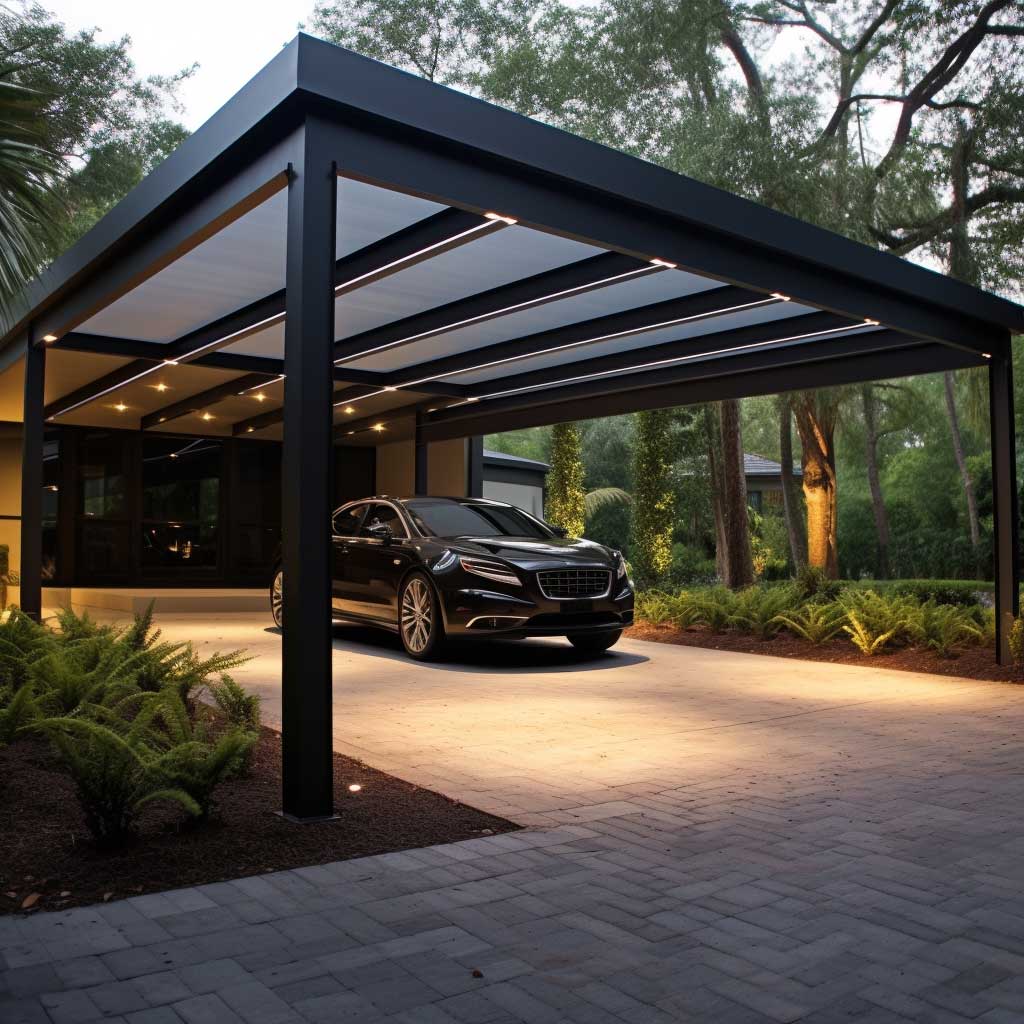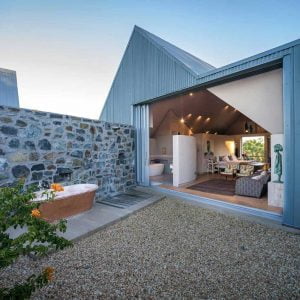In recent years, the humble carport, specifically those crafted from metal, has seen a significant evolution in terms of design and integration within housing plots. These once-simple structures have been reimagined, balancing functionality with aesthetics to cater to the demands of contemporary homeowners. Let’s explore how metal carports are changing the face of modern residences.
Historical Overview: The Traditional Carport
In the past, carports were often perceived as mere utilitarian structures — a roofed space to park cars, shielding them from rain and sunlight. Typically constructed from wood or metal, their design was straightforward and prioritized function over form. However, as the design aesthetics of homes became more sophisticated, so did the expectation for complementary carport designs.
The Rise of Sleek, Modern Designs
Today’s metal carports have come a long way from their rudimentary predecessors. Architects and designers have embraced materials like powder-coated steel and aluminum, giving homeowners a range of stylish options. Modern designs often incorporate sleek lines, minimalist beams, and even decorative elements. This allows the carport to seamlessly fit into contemporary housing designs, ensuring it doesn’t look like an afterthought but rather an integral part of the property’s aesthetic.
Data Insights: Popularity of Metal Carport Styles
| Design Type | Percentage of New Installations in 2022 |
| Traditional A-Frame | 30% |
| Flat Roof Modern Design | 50% |
| Decorative/Custom Designs | 20% |
This data indicates a significant preference for flat roof modern designs, aligning with the contemporary, minimalist design trends that are currently popular in home architecture.
Integrating Carports in Urban and Suburban Settings
As urban areas become more densely populated, efficient use of space has become paramount. Metal carports, with their flexibility in design, have proven invaluable. In many urban homes, carports are now being integrated into the home’s structure itself, often serving dual purposes. For instance, a carport might double as an outdoor seating area or a semi-covered patio for weekend gatherings. In suburban settings, where homeowners might have a bit more space, detached carports are being strategically positioned to enhance the property’s curb appeal, often surrounded by greenery or even doubling as a garden trellis.
Environmental Benefits and Sustainability
Metal carports, apart from their design advantages, are also scoring points on the sustainability front. Most metals used in these structures are recyclable, reducing the carbon footprint associated with their construction. Additionally, their durability means less frequent replacements, and their reflective surfaces can help in reducing heat absorption, offering slight energy-saving benefits.
Versatility Beyond Vehicle Protection
Beyond their primary function of safeguarding vehicles, the modern metal carport has demonstrated immense versatility. Homeowners and designers are continually finding innovative uses for these structures. Some transform these spaces into outdoor gyms, equipped with resistance bands, weights, and yoga mats, providing a sheltered workout area that integrates nature’s calm. Others see the potential for artistic endeavors, converting carports into open-air studios where natural light can be harnessed for painting, sculpting, or other crafts. There are even instances where carports have been incorporated into home-based businesses, acting as shaded market stalls or pop-up shop venues. The adaptability of metal carports in the modern era truly underscores their value not just as car shelters, but as flexible spaces ripe for personalization.
In conclusion, metal carports are no longer mere functional appendages to a home. Their evolution in design, coupled with their environmental benefits and adaptability to both urban and suburban settings, ensures they remain a popular choice among homeowners looking to add both value and function to their properties.













